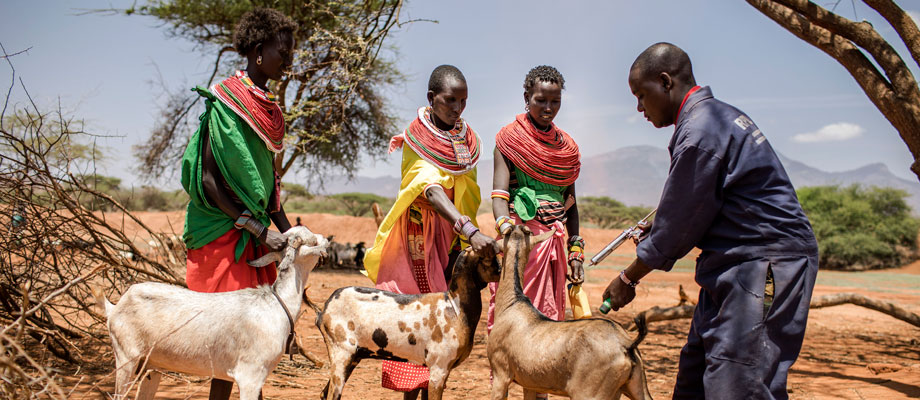FAO, IGAD raise alarm over growing Rift Valley Fever threat in Eastern Africa

Heavy rains create favorable breeding conditions for RVF-carrying mosquitoes, with recent weather patterns amplifying the potential for disease spread among livestock and human populations.
The Food and Agriculture Organization of the United Nations (FAO) and the Intergovernmental Authority on Development (IGAD) have issued an urgent warning calling for increased preparedness to combat a rising threat of Rift Valley Fever (RVF) in Eastern Africa.
Triggered by ongoing and forecasted above-average rainfall and widespread flooding across the region, the two agencies highlight an increased risk of RVF outbreaks, particularly in Burundi, Ethiopia, Eritrea, Kenya, Rwanda, Somalia, South Sudan, Uganda, and Tanzania.
Heavy rains create favorable breeding conditions for RVF-carrying mosquitoes, with recent weather patterns amplifying the potential for disease spread among livestock and human populations.
Rift Valley fever is a viral, mosquito-borne zoonotic disease affecting both animals and humans. It has serious socio-economic implications—disrupting livestock production, limiting household income, triggering trade bans, and threatening food security and public health.
Outbreaks can decimate livestock herds, affecting access to healthcare and education for vulnerable households dependent on animal production.
To address this looming threat, FAO and IGAD have urged countries to strengthen early warning systems, enhance community awareness, and adopt coordinated mitigation strategies.
The FAO’s RVF Early Warning Decision Support Tool, which integrates environmental data with real-time forecasting, has identified several hotspots at elevated risk of vector amplification between May and August 2025.
National veterinary authorities are being advised to assess their current risk levels, ensure contingency plans are operational, and collaborate across public health and environmental agencies using the One Health approach.
They are also encouraged to ensure field staff are trained and equipped for RVF surveillance, control, and response.
“Urgent, coordinated preparedness at national and local levels is crucial to protect livestock, livelihoods, and human health,” said Ricarda Mondry, FAO Livestock Development Officer for East Africa.
FAO and IGAD also emphasized the importance of targeted awareness campaigns among farmers, pastoralists, and other livestock value chain actors to reduce exposure and prevent disease transmission.
